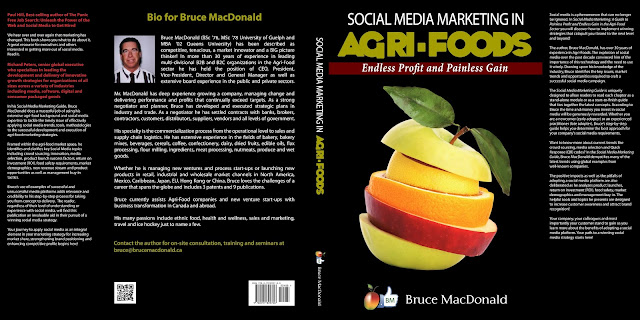ALCOHOL CONSUMPTION AT RESTAURANTS INCREASES RATINGS
Posted in News, Foodservice, Restaurant, Fast Casual, Alcohol, Beverages, Wine, Beer, Consumer Panels, Consumer Preference, Market Research, Market Trends, Demographic
Chicago —Adult beverage consumption at leading chain restaurants is associated with higher ratings of the overall experience and stronger loyalty to that restaurant, according to a new report from Technomic.
The report, "Adult Beverage Consumption at the Leading Restaurant Chains," shows how adult beverage consumption across 40 casual-dining and fast-casual restaurants is associated with higher ratings of the overall experience and stronger loyalty to that restaurant.
"These restaurants provide a place where consumers can relax and enjoy an adult beverage, and in turn, this simple hospitality influences the consumer's perception of the whole experience," said Donna Hood Crecca, senior director, adult beverage resource group, Technomic.
More than three-fifths (61%) of consumers who ordered an adult beverage at a leading chain restaurant gave their visit an "excellent" rating, compared to 55% of those who did not order an adult beverage.
Two-fifths of adult-beverage consumers strongly agree that they will return to that restaurant in the near future (42%) and recommend the concept to friends and family (40%), compared to 39% and 37% of consumers overall.
Two-fifths (43%) of those who consumed an adult beverage while standing and waiting for a table strongly agree that the restaurant they visited was the right place for that specific occasion. These consumers also indicate higher overall visit satisfaction than any other group, with 65% saying that their last visit was excellent.
While more consumers ordered beer than mixed drinks or wine on their last restaurant visit, consumers who ordered mixed drinks are most likely to strongly agree that they'll return to the restaurant (45%) and recommend it to others (44%).
Further, consumers tend to eat more on the days they drink alcohol—men take in about 400 more calories and 300 for women.
"These restaurants provide a place where consumers can relax and enjoy an adult beverage, and in turn, this simple hospitality influences the consumer's perception of the whole experience," said Donna Hood Crecca, senior director, adult beverage resource group, Technomic.
More than three-fifths (61%) of consumers who ordered an adult beverage at a leading chain restaurant gave their visit an "excellent" rating, compared to 55% of those who did not order an adult beverage.
Two-fifths of adult-beverage consumers strongly agree that they will return to that restaurant in the near future (42%) and recommend the concept to friends and family (40%), compared to 39% and 37% of consumers overall.
Two-fifths (43%) of those who consumed an adult beverage while standing and waiting for a table strongly agree that the restaurant they visited was the right place for that specific occasion. These consumers also indicate higher overall visit satisfaction than any other group, with 65% saying that their last visit was excellent.
While more consumers ordered beer than mixed drinks or wine on their last restaurant visit, consumers who ordered mixed drinks are most likely to strongly agree that they'll return to the restaurant (45%) and recommend it to others (44%).
Further, consumers tend to eat more on the days they drink alcohol—men take in about 400 more calories and 300 for women.
Sources:
Check out my new e-book entitled: "Social Media Marketing in Agri-Foods: Endless Profit and Painless Gain"
The book is available on Amazon and Kindle for $4.99 USD. Visit amazon/Kindle to order now:
http://www.amazon.ca/Social-Media-Marketing-Agri-Foods-ebook/dp/B00C42OB3E/ref=sr_1_1?s=digital-text&ie=UTF8&qid=1364756966&sr=1-1
Thanks for taking the time









